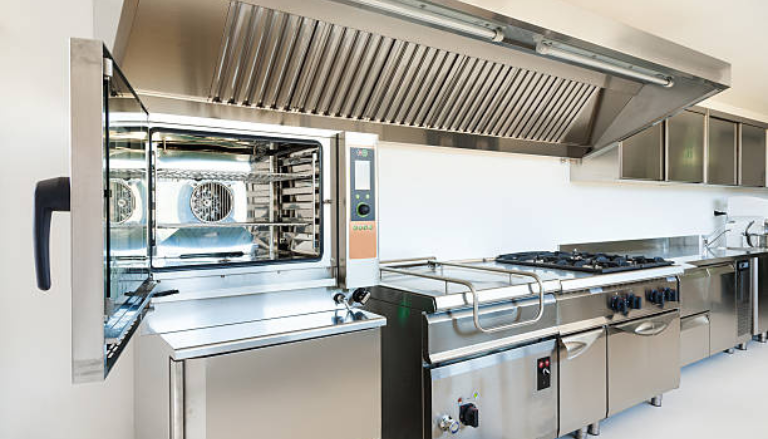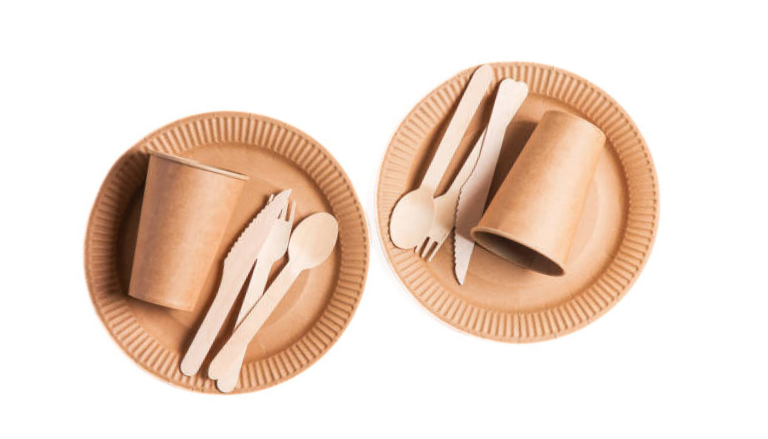Chef’s Knives and Their Role in the Kitchen
Having a good set of knives is essential, no matter if you are an executive chef at a Michelin star restaurant, an amateur home cook or somewhere in between. From slicing and dicing to chopping and julienning, having the right tool for the job can take your skills to a whole other level.
Our online store stocks an extensive range of knives that are perfect for the catering and hospitality industries, as well as domestic use. Purchasing decent quality knives can be a bit of an investment so we offer you the option to rent our equipment so you don’t have to outlay a significant amount of cash all at once.
We understand the process of choosing knives can also be a little overwhelming with the number of different types available on the market. Some knives can be used for multiple purposes, whilst others are made for rather specific uses. Luckily, we have you covered with our foolproof guide to chef’s knives and what their uses are in the kitchen.
What is a chef’s knife?
The chef’s knife is known as an extension of the chef’s hand for a reason. There are even some chefs who genuinely believe that the chef’s knife is the only knife you need in a kitchen and use it exclusively. It is undoubtedly the most versatile of all knives due to its ability to complete a wide assortment of tasks. Whether it’s cutting meat, dicing vegetables, slicing fruit or chopping nuts, the chef’s knife can handle a huge variety of foods and textures, making it the ultimate must-have kitchen item. The size of the blade generally ranges from 15 to 20 cm long and if properly cared for your knife can last a lifetime.
Utility Knife
A smaller-scale and frequent companion of the chef’s knife is the utility knife. If you need to complete finer tasks this is the knife to use. It looks similar to a standard bread knife but has a shorter and sharper blade which means it’s excellent for any cutting where more control over a small area is needed. From making shallow cuts and incisions (e.g. scoring calamari), to cutting cleanly through fruits and veggies, slicing bagels and cutting sandwich fillings.
Paring Knife
The paring knife is smaller than a utility knife and is probably the first type of knife you used as a child because of its size. It’s definitely one of the most underrated tools in the kitchen as its short blade means it can be used for delicate tasks, including finely slicing, peeling or trimming fruits and vegetables. The paring knife is the go-to knife for precision tasks as it’s quicker to manipulate in your hand than larger knives like the utility or chef’s knife.
Bread Knife
This knife is probably chilling in your knife block or drawer while you’re reading this. The bread knife’s name makes its use in the kitchen pretty self-explanatory. It’s long, rectangular blade and
Latest News
Tips for Managing Your Kitchen Inventory
Maintaining an accurate kitchen inventory is crucial to the success of a commercial kitchen. It&rsqu...
How to Promote Your Restaurant to Local Customers
The marketing of your restaurant is as important as the food you serve and décor you set out....
Why You Should Wear Appropriate Kitchen Footwear
Foot support is essential when you are working in a commercial kitchen. You are most likely standing...
Why Chef Uniforms Are Important
Appearances count and this is especially true in any restaurant or establishment that handles food o...
Setting Up Your Restaurant for Food Delivery Services
To stay ahead in the hospitality industry during these difficult times, many restaurants who have cl...
How to Achieve a Good Restaurant Menu Design
Your menu should be a representation of your restaurant’s personality and the experience you a...








